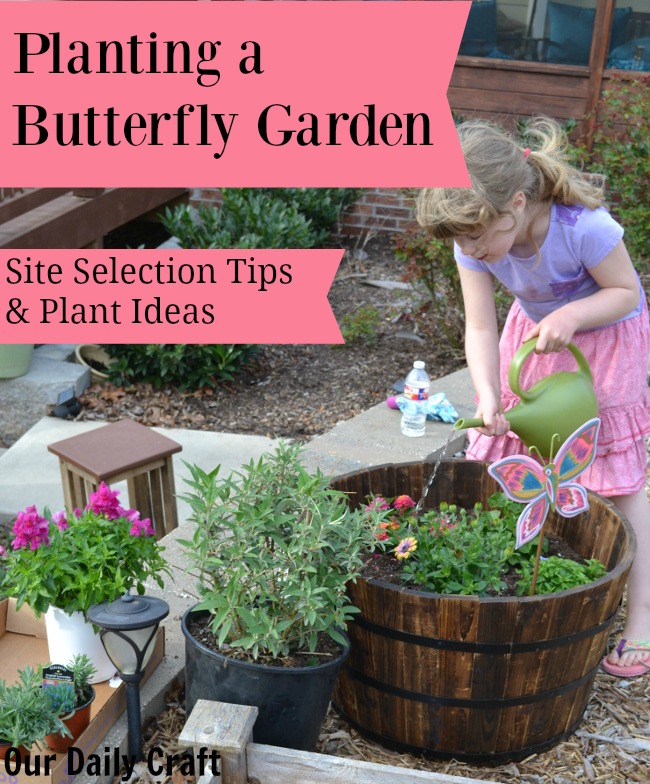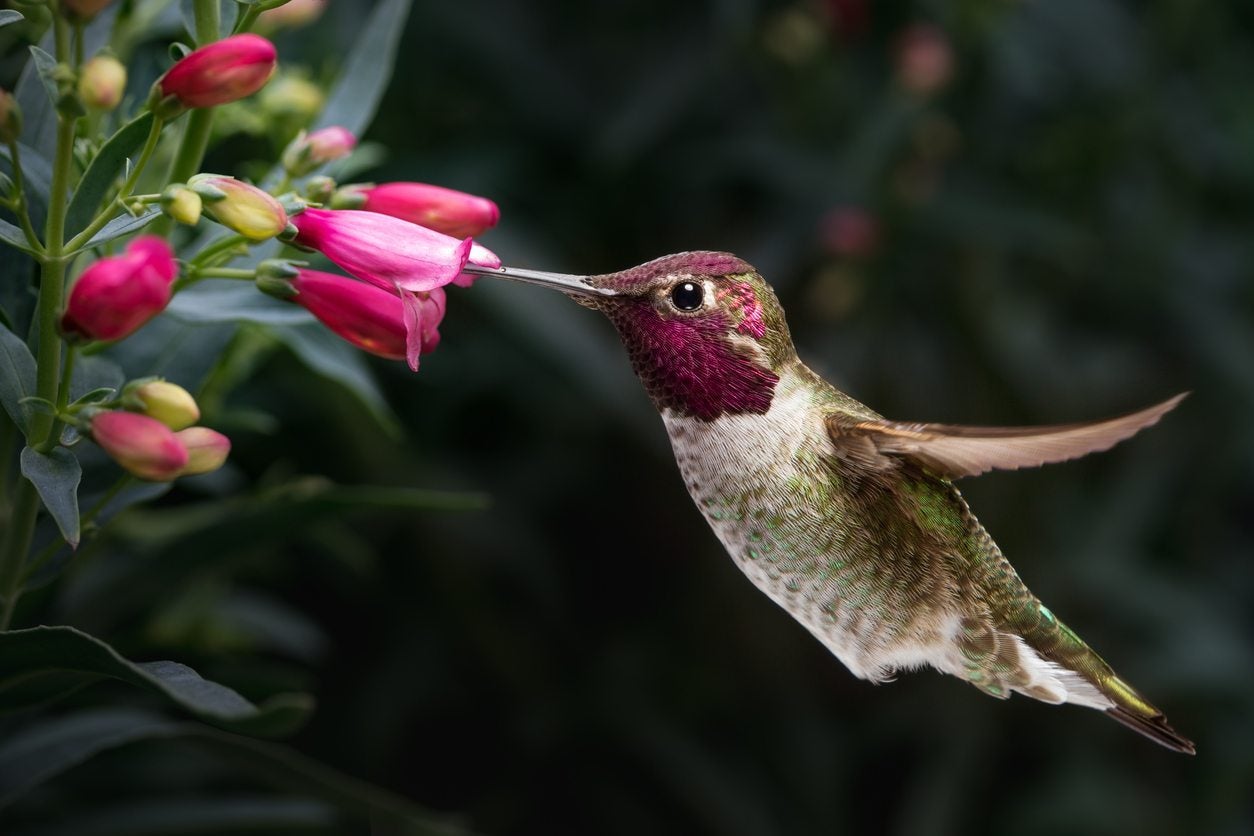How to Plant a Butterfly Garden at Home: A Step-by-Step Guide

Imagine transforming your backyard into a vibrant, fluttering oasis—a sanctuary where butterflies dance from flower to flower, adding a touch of magic to your everyday life. Planting a butterfly garden at home is not just a delightful hobby; it's a meaningful way to support local ecosystems and create a beautiful, living tapestry right outside your door. Let's dive into the enchanting world of butterfly gardening and discover how you can create your own butterfly habitat.
Understanding Butterfly Habitats
Before you start planting, it's essential to understand what butterflies need to thrive. A well-designed butterfly garden should provide food, shelter, and a place for butterflies to lay their eggs. This means including both nectar plants for adult butterflies and host plants for their caterpillars.
Nectar Plants: The Butterfly Buffet
Nectar plants are the lifeblood of adult butterflies. These flowers provide the sweet nectar that butterflies need for energy. Some popular nectar plants include:
- Butterfly Bush (Buddleja davidii)
- Coneflower (Echinacea)
- Aster (Asteraceae)
- Black-Eyed Susan (Rudbeckia hirta)

Host Plants: Caterpillar Nurseries
Host plants are where butterflies lay their eggs and where caterpillars feed. Different butterfly species prefer specific host plants. For example:
- Monarch Butterflies love Milkweed (Asclepias)
- Swallowtail Butterflies prefer Parsley (Petroselinum crispum) and Dill (Anethum graveolens)
- Painted Lady Butterflies favor Thistle (Cirsium)
Designing Your Butterfly Garden
Creating a butterfly garden is like designing a miniature ecosystem. Here are some tips to help you get started:
Choose the Right Location
Butterflies love sunny spots, so choose a location that gets at least six hours of sunlight a day. Also, consider placing your garden near a water source, like a birdbath or pond, to provide a place for butterflies to drink.
Plan Your Layout
A well-designed garden should be both functional and aesthetically pleasing. Group similar plants together to create a cohesive look. Consider adding different heights and textures to make your garden visually interesting.
Add Shelter
Butterflies need places to rest and hide from predators. Include shrubs, trees, and tall grasses to provide shelter. You can also add butterfly houses to give them a safe place to roost.
Planting Your Butterfly Garden
Now that you have a plan, it's time to get your hands dirty. Here's a step-by-step guide to planting your butterfly garden:
Prepare the Soil
Start by testing your soil pH and nutrient levels. Most nectar and host plants prefer well-drained soil with a pH between 6.0 and 7.0. Add compost or other organic matter to improve soil quality.
Plant Your Seeds or Seedlings
Follow the planting instructions for each species. Generally, you'll want to space plants according to their mature size to ensure they have room to grow.
Water and Mulch
Water your plants thoroughly after planting. Apply a layer of mulch to help retain moisture and suppress weeds.
Maintain Your Garden
Regularly water and weed your garden to keep it healthy. Deadhead spent flowers to encourage more blooms and attract more butterflies.
Attracting Specific Butterfly Species
Different butterfly species have unique preferences. Here are some tips to attract specific types:
Monarch Butterflies
Monarchs are one of the most iconic butterfly species. To attract them, plant plenty of milkweed, their primary host plant. Monarchs also love nectar from flowers like zinnias and asters.
Swallowtail Butterflies
Swallowtails are known for their beautiful, intricate wing patterns. They prefer host plants like parsley, dill, and fennel. For nectar, they enjoy flowers like phlox and butterfly bush.
Painted Lady Butterflies
Painted ladies are common and widespread. They prefer host plants like thistle and mallow. For nectar, they love flowers like cosmos and aster.
Additional Resources
For more information on planting a butterfly garden at home, check out these authoritative resources:
- The Xerces Society: A nonprofit organization dedicated to invertebrate conservation.
- National Wildlife Federation: Offers tips and resources for creating wildlife-friendly gardens.
- Butterfly Conservation: A UK-based charity focused on protecting butterflies and moths.

Conclusion
Creating a butterfly garden at home is a rewarding experience that benefits both you and local wildlife. By providing nectar plants, host plants, and a well-designed habitat, you can attract a variety of beautiful butterfly species to your backyard. So, why not start today? Transform your outdoor space into a magical haven for these winged wonders.
FAQs
What are the best nectar plants for butterflies? Some of the best nectar plants include butterfly bush, coneflower, aster, and black-eyed Susan.
How do I attract Monarch butterflies to my garden? Monarchs are particularly attracted to milkweed, their primary host plant. They also love nectar from flowers like zinnias and asters.
Do butterflies need water? Yes, butterflies need water to drink. Providing a shallow dish or birdbath with water can help attract them to your garden.
What is the best time to plant a butterfly garden? The best time to plant a butterfly garden depends on your climate. In general, spring is an ideal time to start planting.
How can I protect my butterfly garden from pests? Using organic pest control methods and encouraging natural predators like birds and beneficial insects can help protect your garden from pests.
0 Response to "How to Plant a Butterfly Garden at Home: A Step-by-Step Guide"
Post a Comment